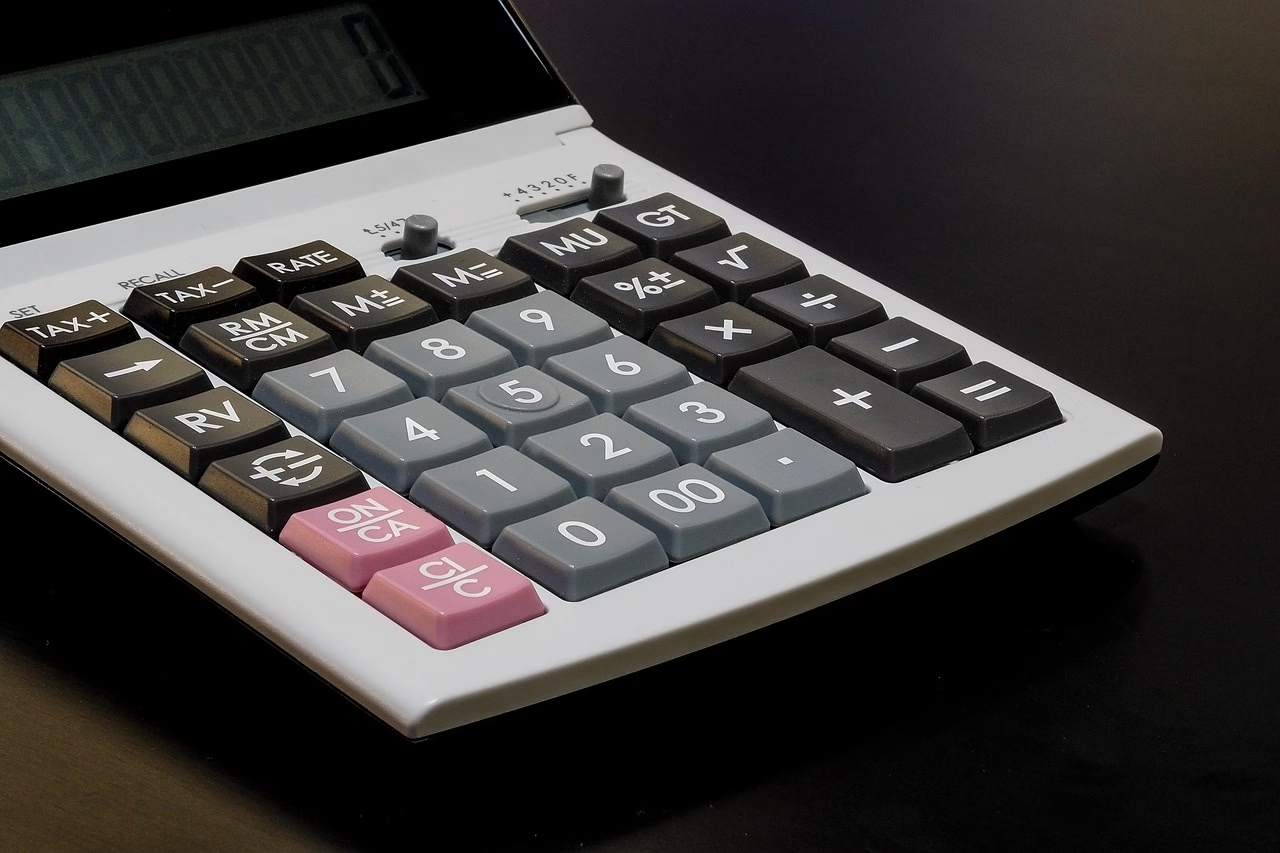“Tokenization of Real-World Assets: Bridging Traditional Fin
June 25, 2025 | by Sophia Vance

Tokenization of Real-World Assets: Bridging Traditional Finance and Blockchain
There’s no room for ambiguity—the tokenization of real-world assets (RWAs) is poised to be the most transformative trend in the intersection of traditional finance and blockchain. While the market is still digesting the high-velocity drama of cryptocurrencies and DeFi, the underlying rails of global finance are being rewritten, asset by asset, on-chain. As someone who’s been dissecting financial innovations for years, I believe tokenization is not just tech hype—it’s a paradigm shift with concrete legs.
What Exactly Is Tokenization?
Here’s the elevator pitch: tokenization converts the legal ownership of physical or financial assets—real estate, equities, fine art, even US Treasuries—into digital tokens on a blockchain. Each token represents a slice of the underlying asset, offering unprecedented liquidity, divisibility, and real-time settlement that traditional markets can only dream of.
The Data: Numbers Don’t Lie
The numbers are already telling a story. As of early 2024, the value of real-world assets under tokenization crossed $5.6 billion, a leap from just under $1.5 billion a year ago (source: RWA.xyz). Goldman Sachs projects the RWA tokenization market could hit $10 trillion by 2030. When titans like BlackRock launch tokenized money market funds—BlackRock’s BUIDL on Ethereum, for example—you know the legacy institutions aren’t just “exploring” blockchain, they’re implementing it.
This isn’t abstract: tokenized US Treasuries, high-grade corporate debt, and real estate holdings are actively traded on permissioned blockchains right now. Platforms like Ondo Finance, Franklin Templeton, and even JPMorgan’s Onyx are executing real-world asset tokenization at institutional scale.
The Benefits: Liquidity and Access Reimagined
The old guard? Friction-filled intermediation, geographic limitations, and settlement cycles that drag for days. Tokenization redefines these limitations:
- Fractional Ownership: Buy $10 of a Manhattan condo or $50 of a Picasso. Barriers crash down.
- 24/7 Global Markets: Trade access isn’t just for New York or London. Liquidity rolls around the clock.
- Transparency and Immutability: Every transaction is etched on-chain, visible, auditable, and—most importantly—verifiable.
Institutions gain efficiency, but retail investors catch the biggest break: democratized access to traditionally elite opportunities.
Challenges: The Regulatory Conundrum
The sharpest minds know this isn’t an “upload everything to the blockchain” fairytale. Legal frameworks lag. Jurisdictions aren’t synchronizing definitions of digital ownership or enforcing investor protections at blockchain speed. What’s a security? How is legal recourse executed if the smart contract gets hacked?
Fortunately, measured regulation is catching up. The EU’s MiCA, and the US SEC’s increasing engagement, signal that compliance layers will become embedded in the tokenization stack, not afterthoughts.
Who Wins? Institutions, Innovators, and the Everyday Investor
Traditional giants and crypto natives are converging. BlackRock, Hamilton Lane, and KKR are backing on-chain products. Meanwhile, DeFi platforms are evolving to support tokenized bonds, T-bills, and real estate, offering yield opportunities that previously required a Wall Street badge.
For retail, the real superpower is access—access to invest, trade, and participate in markets on terms previously guarded by intermediaries. As on-chain compliance matures, a future where your DeFi wallet holds income-generating US Treasuries, blue-chip properties, and art masterpieces will look less exotic and more inevitable.
Foresight: What Comes Next
Ignore the critics who warn of “blockchain winter.” When the pipes of finance are rebuilt for programmability, composability, and open access, the results compound—fast. Tokenized securities won’t just coexist with legacy systems; they’ll outpace and absorb them. Expect trading fees to plunge, settlement times to shrink from days to minutes, and cross-border investing to become as seamless as sending an email.
The pace won’t always be smooth. There will be regulatory flashpoints and tech hiccups. But the logic’s unassailable: when capital can flow freely, efficiently, and transparently, value creation follows. Tokenization is the keystone linking Wall Street and the blockchain-native future. Either you’re positioned to ride this trend—or you risk being a footnote in the next chapter of financial history.

RELATED POSTS
View all



